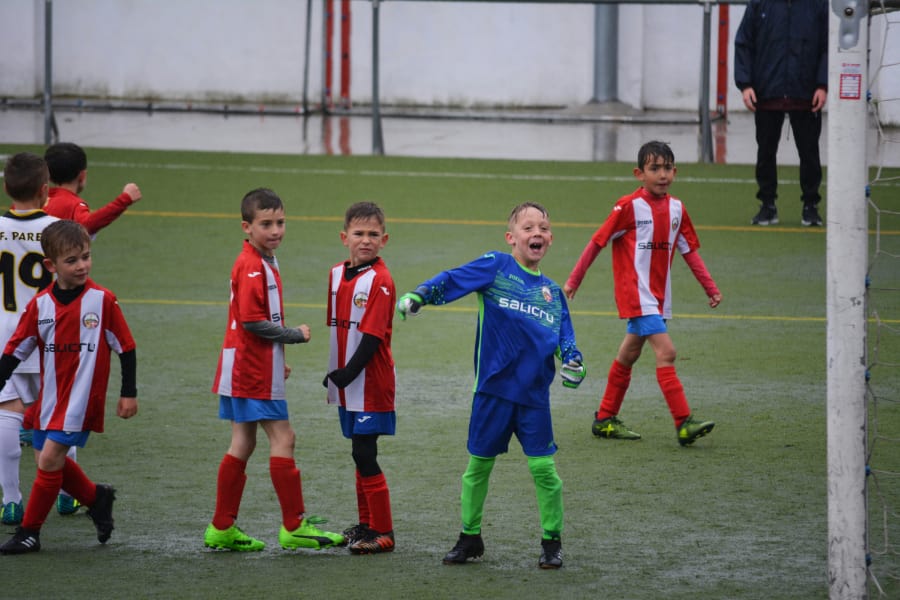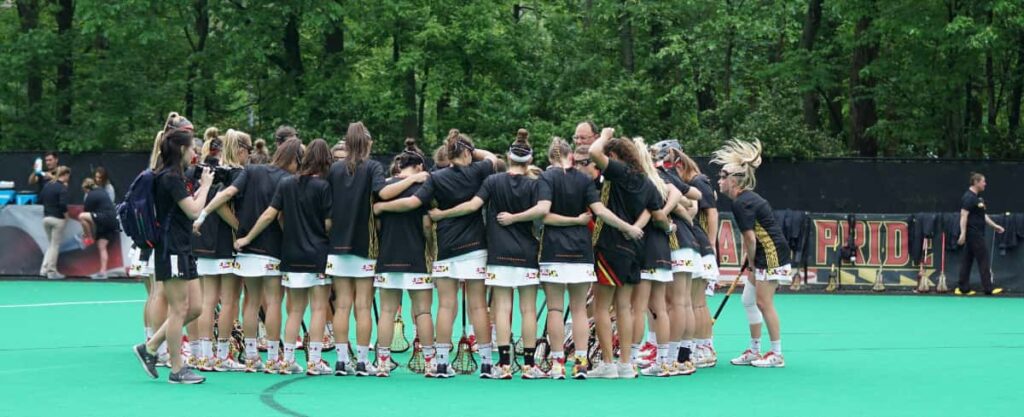Sport plays a fundamental role in the development of children and adolescents, promoting not only physical well-being but also psychological, social, and emotional health. In an era where the importance of physical activity for the balanced growth of young people is increasingly recognized, various challenges related to the accessibility and quality of available sports opportunities are emerging. This article explores the benefits of youth sports, the conditions necessary to maximize their educational potential, and the main barriers that limit access to such opportunities for children and adolescents.
Sport as a catalyst for personal growth
Numerous studies highlight that regular sports participation during childhood and adolescence brings significant benefits in three main areas: physical, psychological, and social. From a physical standpoint, sports promote well-being by reducing the risk of chronic diseases.
On the psychological level, physical activity is associated with a wide range of positive personality traits, acting as a true remedy for the mind. In fact, engaging in sports helps prevent the onset of issues related to mental disorders such as anxiety and depression, as it fosters the development of essential life skills. Through physical exercise, young people learn to manage their mood, reduce tension, and, by confronting stress, develop the ability to persevere in the face of challenges, thereby building resilience. This happens because they learn to handle stressful situations by developing effective responses without fueling anxious behaviors. At the same time, these experiences push them out of their comfort zone, encouraging them to take initiative and strengthen their self-confidence. The end result is increased self-esteem and a greater sense of control, both of which are essential factors in reducing anxious thoughts.
On the social and emotional front, sports offer an ideal environment for building lasting moral values. In team sports, for example, through play and fair competition, young people learn values such as cooperation and mutual respect, while developing a sense of discipline that helps them become more responsible for their decisions. In sports games, individuals often take on roles that require them to make decisions, motivate teammates, and set an example through their own behavior. These responsibilities naturally cultivate leadership skills, as they learn to guide others, manage conflicts, and communicate effectively. New generations thus learn the value of teamwork through collaboration, mutual support, and emotional management in order to achieve common goals.

Career opportunities in sports
Beyond the possibility of becoming professional athletes, the skills and experiences gained through sports can open numerous career opportunities for students. The sports industry, in fact, offers roles in sectors such as coaching, sports management, marketing, and sports medicine. Students with an interest in numbers and technology can explore the field of sports data analysis, using this information to develop team strategies. For those passionate about storytelling and communication, sports journalism and broadcasting present significant professional opportunities. Moreover, the sports sector requires skills in event management and community engagement, attracting students with organizational abilities and a desire to make a positive impact on society. These careers value the skills developed through sports activities, such as teamwork, leadership, and strategic thinking.
For example, being part of a group enhances collaboration skills, preparing students to work in cooperative environments in their future careers and community activities. Additionally, a strong sense of responsibility and reliability is developed, as each member’s contribution affects the final outcome. Group dynamics in sports also teach the importance of empathy and compromise, understood in a positive sense, highlighting the role of sports as a catalyst for personal growth and the development of interpersonal relationships.
The school environment, as the primary educational setting for students, can play a crucial role in promoting a passion for sports and highlighting the professional paths it offers. Through academic disciplines, schools should be at the heart of the development of students’ moral and socio-emotional education. In this context, teachers and mentors have the opportunity to inspire new generations to pursue rewarding careers that reflect their interests and talents, emphasizing the lasting impact that sports can have on their lives and, consequently, contributing positively to civil society.

Maximizing Educational Potential
However, the school is not solely responsible for the development of sports culture. Sports can become an extraordinary context for transmitting a wide range of personal and social values to children and adolescents, provided that all involved components—schools, sports federations, and the government—work together for proper organization and an educational focus that intentionally integrates best practices to promote learning and the development of life skills through sports.
Furthermore, in learning sports skills, adopting a personal improvement model means focusing on each athlete’s individual progress rather than only on competitive results or comparisons with others. When athletes focus on their personal growth, every small step forward becomes a source of satisfaction and encouragement. Additionally, they learn to view mistakes and losses not as final failures but as learning opportunities. Investing in individual development not only benefits the player but also enhances the overall effectiveness and performance of the entire team. In a context like football, if each player on the team improves personally, the coach ends up with eleven more competent athletes than at the start. This highlights how the individual progress of each member contributes to the team’s collective success. Guiding new generations on this path requires coaches to create an environment that fosters motivation, facilitates emotional management, and strengthens resilience.

To maximize the benefits of sports, stakeholders should consider the following key points:
- Focus on learning and enjoyment: Emphasis should be placed on the learning process and the joy of practicing the sport rather than solely on competition results.
- Active youth engagement: It’s important to encourage young people’s active participation in decision-making and in organizing activities.
- Coach training: Coaches should be trained not only in technical skills but also in pedagogical and interpersonal skills.
- Creation of a positive and inclusive environment: The sports environment should be free from discrimination and promote respect for diversity.
Barriers to access and participation in youth sports
Despite the numerous benefits of sports, many young people face significant challenges in accessing them, contributing to the unfortunate distinction Italy holds for the increasing number of children who do not engage in any physical activity. This is concerning, as the impact of inactivity on younger generations affects not only health but also incurs a cost to the social, human, and cultural capital of the population. Financial barriers are often among the main obstacles, as low-income families cannot afford the costs associated with sports participation, such as registration fees, the purchase of equipment, and expenses for transportation or competitions. The lack of free or low-cost sports programs significantly limits access to sports, especially for youth from disadvantaged socioeconomic backgrounds.
An additional critical factor is the lack of adequate facilities in schools and communities, along with the reduction of green spaces in large cities compared to the past, which significantly limits opportunities for sports participation. Disparities in access to sports infrastructure are evident: rural or economically disadvantaged areas often lack gyms, sports fields, or recreational centers. In Italy, the sports sector remains 22% below the European average in terms of infrastructural provisions.
To overcome the barriers to sports participation, it is essential to implement strategies that promote inclusion and accessibility. Achieving this goal requires coordinated efforts from schools, communities, teachers, coaches, and policymakers to ensure equal access and promote the importance of sports for young people, thereby enabling all students to benefit from participation.